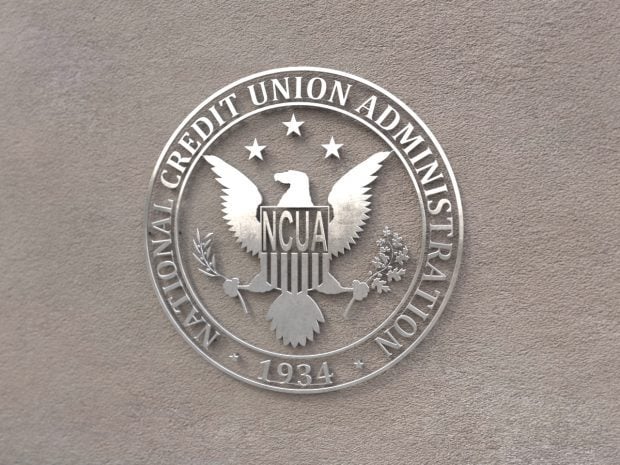NCUA Chairman Debbie Matz made good on her July 24 announcement at NAFCU's Annual Conference with a release Thursday that declared credit unions can consider video teller machines “service facilities” under certain criteria for purposes of field of membership expansion.
“Credit unions need to embrace new technologies that allow them to improve and expand service,” Matz said. “Likewise, it is important for us, as the industry's regulator, to stay in sync with changes in the marketplace, including changes in technology.
“Through my Regulatory Modernization Initiative, NCUA is reviewing the rules governing emerging technologies while reducing the overall regulatory burden,” she said. “The use of video tellers as service facilities is sensible for both credit unions and consumers.”
Matz told the Credit Union Times in July she hopes the flexibility that comes with the decision will allow credit unions to expand their services, and credited the idea to NAFCU, which wrote a letter to Matz in June urging the move.
“We are delighted that NCUA heeded NAFCU's recommendations regarding virtual tellers as qualified service facilities,” said Carrie Hunt, NAFCU general counsel and vice president of regulatory affairs.
“We hope this is a signal that credit unions can continue to innovate and promote new technologies that expand their cost-effective services to members with the knowledge that NCUA supports their efforts,” Hunt said.
Under the legal opinion, credit unions may use video tellers as service facilities for both select group additions and underserved areas. To comply with the definition of a service facility under the Federal Credit Union Act and the NCUA Chartering Manual, a video teller must:
- Provide real-time, face-to-face video access to live tellers at regularly scheduled, weekly hours;
- Use credit union employees or local shared-branch employees as tellers appearing on the screen;
- Allow a member to conduct all the transactions she or he could if visiting a service facility of another sort permitted by the FCUA and the Chartering Manual; and
- Be in a physical location within an underserved area or a physical location in reasonable proximity to the group being served for group additions.
Video tellers and other self-service technologies are becoming more popular as credit unions seek to give members more options, expand their reach into underserved areas, and improve efficiency, the NCUA said.
The NCUA full legal opinion on video tellers is available on the regulator's website.
Several credit unions now use the machines, including the $756 million Mid-Hudson Valley FCU in Kingston, N.Y., and the $2.1 billion Coastal FCU in Raleigh, N.C., NAFCU pointed out. Other users include American Heritage FCU in Philadelphia and Five County Credit Union in Bath, Maine, which put one in a Walmart.
© 2025 ALM Global, LLC, All Rights Reserved. Request academic re-use from www.copyright.com. All other uses, submit a request to [email protected]. For more information visit Asset & Logo Licensing.







